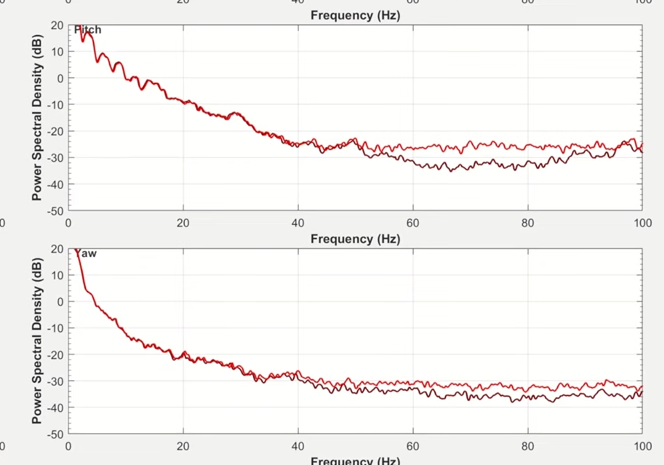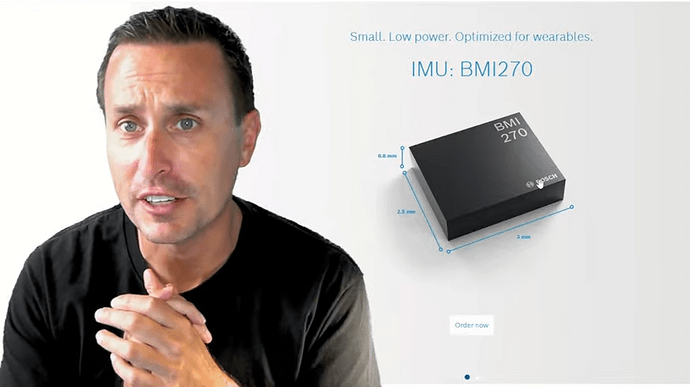Introduction
In the world of FPV flight controllers, choosing the right gyro can make all the difference in terms of flight performance and stability. In this article, we will compare two popular gyros, the BMI 270 and MPU6000, to determine which one comes out on top. This analysis is based on a YouTube video that compared the two gyros using identical flight conditions and maneuvers.
https://www.youtube.com/watch?v=vRsp-3m4WtE
The Data
The video presented data from a test flight, where the darker red line represents the BMI 270, and the brighter red line represents the MPU6000. To evaluate the gyros’ performance, we looked at the power spectrum of their data, particularly in the frequency range below 100 Hz. This frequency range is significant because it cannot be filtered by Betaflight and has a direct impact on the flight performance.

Noise Levels
During the test flight, the BMI 270 produced slightly less noise in the crucial frequency range below 100 Hz compared to the MPU6000. This is a significant advantage, as lower noise levels typically translate to smoother flight and better handling, especially in challenging maneuvers like flips, rolls, and prop wash moves.
Filtering Capabilities
Both gyros undergo Betaflight filtering in the frequency range of 200 Hz and above. However, the BMI 270’s ability to produce less noise in the lower frequency range gives it an edge in terms of performance and flight stability.
The Impact of Betaflight Optimization on Gyro Performance
It is important to address the general perception that the BMI 270 may perform worse than the MPU6000 in flight. This belief could be attributed to the fact that Betaflight, a widely-used flight controller firmware, has been optimized primarily for the MPU6000 over the years, given its popularity.
Since the MPU6000 is no longer in production, Betaflight developers have shifted their focus towards supporting and optimizing newer gyros like the BMI 270. This means that the BMI 270’s performance is likely to improve as newer versions of Betaflight are released, taking full advantage of its features and capabilities.
The Future of FPV Gyros
As the MPU6000 becomes less available and Betaflight continues to optimize its support for the BMI 270, FPV pilots can expect better performance from the BMI 270. The test flight data, as mentioned earlier, already showcases the potential of the BMI 270 in terms of noise reduction and flight stability. As software support catches up with the gyro’s capabilities, it is poised to become the ideal choice for FPV enthusiasts seeking optimal flight performance.
Conclusion
Based on the data presented in the video, the BMI 270 appears to have a slight edge over the MPU6000 in terms of noise levels and flight performance. While the difference may not be substantial, the lower noise in the critical frequency range below 100 Hz makes the BMI 270 a more desirable choice for FPV pilots seeking smoother flights and better handling.
Let us know your thoughts on this comparison in the comments below, and as always, we appreciate your continued support.
